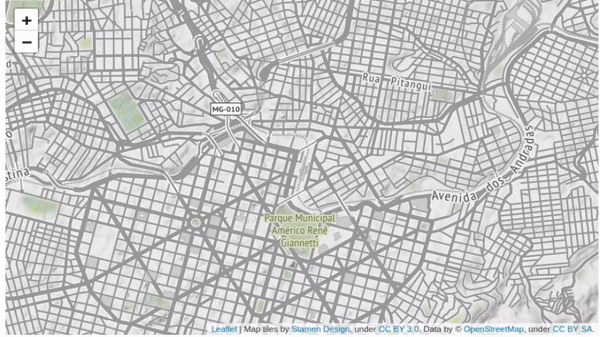
My Research
Complex Systems
Complex Systems are composed of a large number of autonomous entities - the agents - that interact with each other, resulting in a complex collective behavior that is significantly different from the individual behavior of each agent. A fundamental characteristic of these systems is that the emergent behavior does not come from a central controller, but arises directly and uniquely from the microscopic interactions between the agents. Examples of complex systems can be found in different areas, such as physics, biology, and economics, as these scenarios are composed of a set of particles, individuals, or agents, respectively. In biology, examples of complex systems include highly organized societies of social insects or fractal distributions of bacterial colonies, which emerge from the interactions between their individuals. In economics, the interaction of its constituent agents gives rise to complex dynamics, exhibiting effects of cooperation, social segregation, crises, among others.
Books:
"Complexity: A Guided Tour", Author: Melanie Mitchell.
"How nature works: the science of self-organized criticality", Author: Per Bak.
"Modeling Complex Systems", Author: Nino Boccara.
Cities
Cities are intricate and multifaceted systems, comprising various interconnected elements such as transportation, housing, energy, and water. These components interact in complex and often unpredictable ways, making cities a natural example of a complex system.
With the growth of big data technologies, it is now possible to analyse the vast amounts of data generated by the cities to better understand and improve their infrastructure, services, and quality of life. By collecting data from various sources, such as traffic patterns, energy usage, and public transportation, it is possible to optimise the resources and make more informed decisions. Additionally, big data and complex systems approaches can be used to create innovative solutions to urban challenges such as pollution, crime, healthcare, resource optimisation, and sustainability.
Books:
"Introduction to Urban Science", Author: Luis Bettencourt
"The New Science of Cities", Author: Michael Batty
"The Structure and Dynamics of Cities", Author: Marc Barthelemy

Scaling Laws
Scaling laws are mathematical relationships that describe how certain properties of a system change as the size or scale of that system changes. They have been observed in a wide range of fields, including biology, cities, and engineering.
In biology, scaling laws have been used to describe how certain biological properties change as an organism's size changes. For example, as an animal's body size increases, its metabolic rate per cell decreases, which means that larger organisms are more efficient energetically. This is known as Kleiber's law.
In cities, scaling laws have been used to describe how certain properties of cities, such as wealth, amount of crime, or infrastructure, change as the size of the city changes. For example, as a city's population increases, its GDP per capita also increases, but the number of petrol stations per capita decreases. It means that larger cities are richer and more efficient.
In engineering, scaling laws have been used to describe how the strength of material changes as its size changes.
Scaling laws help us predict how a system will behave at different scales, and we can design systems optimised for a particular size.
In addition, scaling laws provide a useful framework for understanding how complex systems operate and evolve.
Books:




